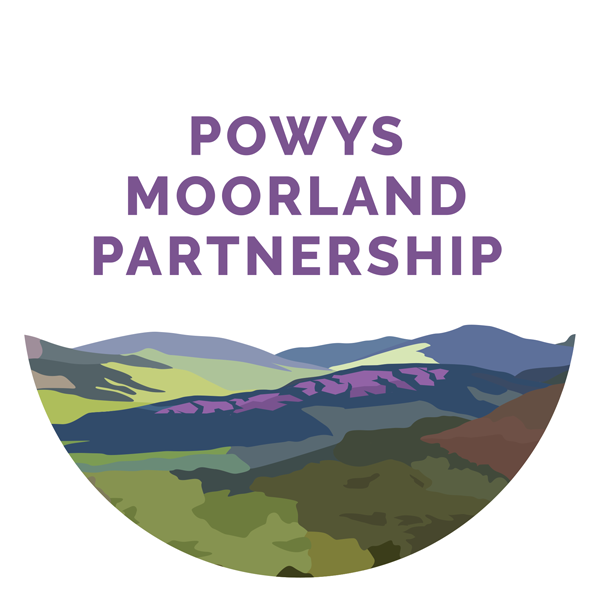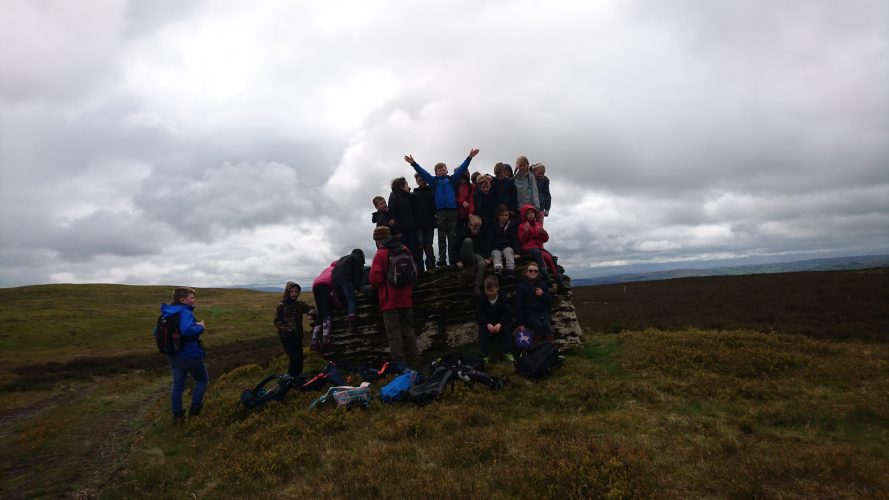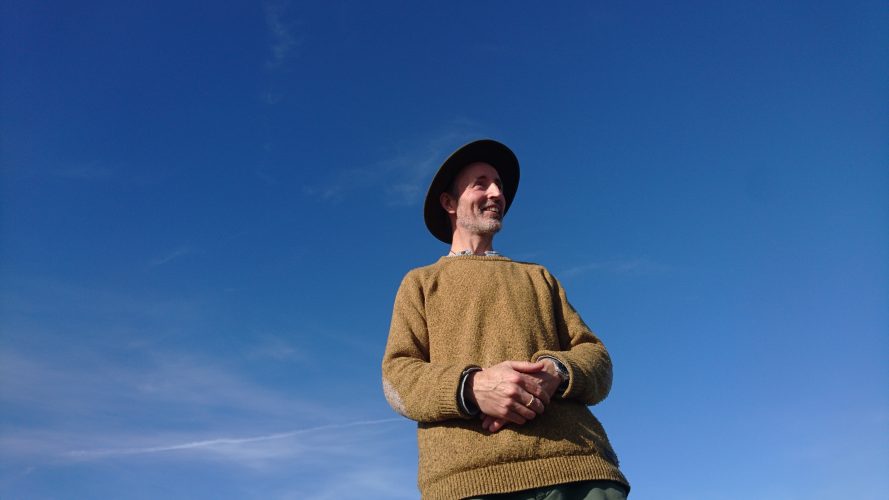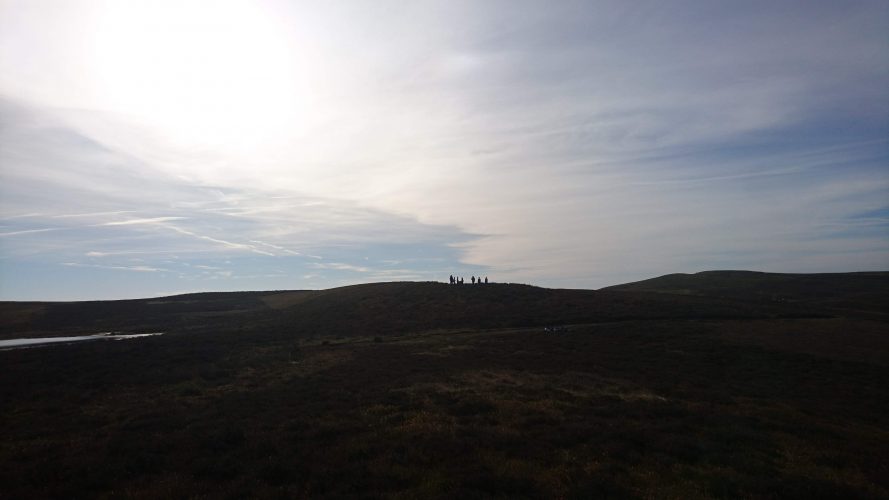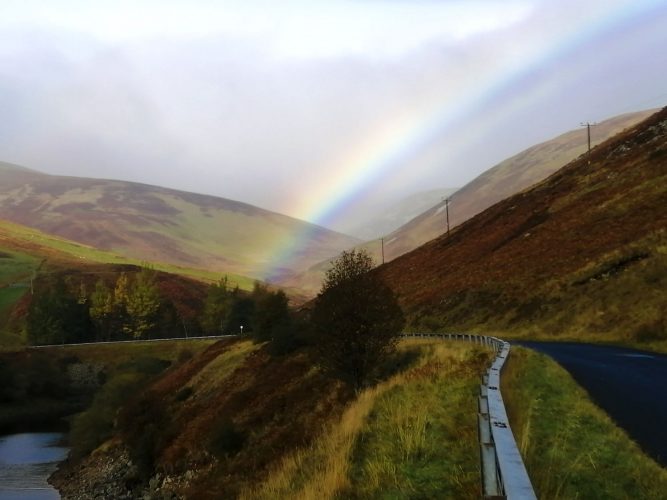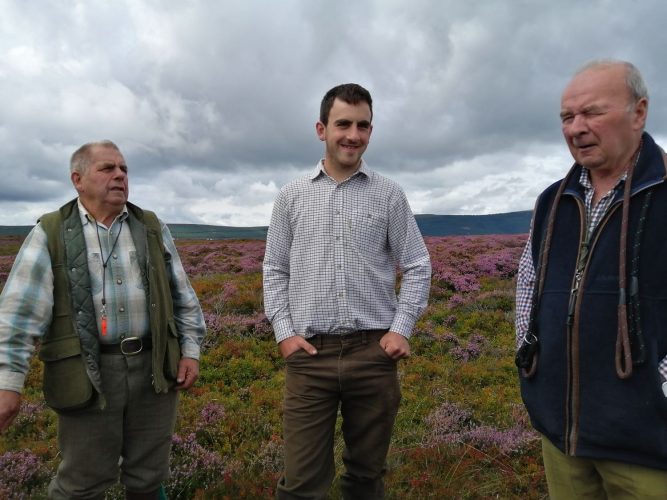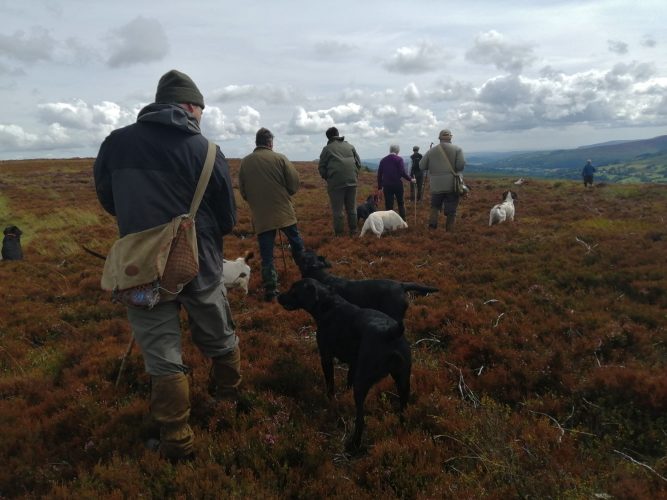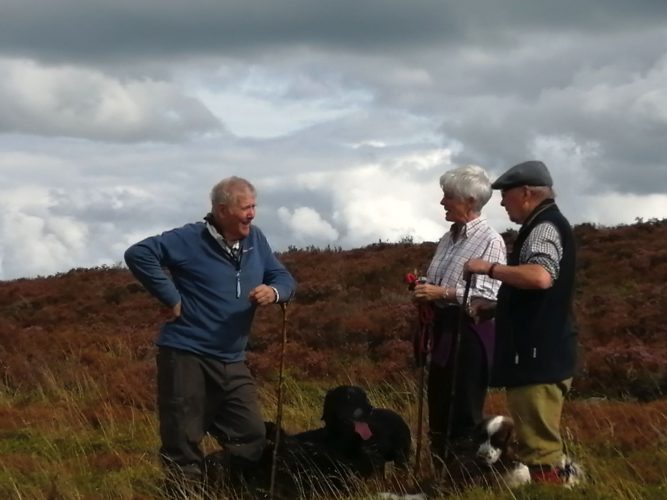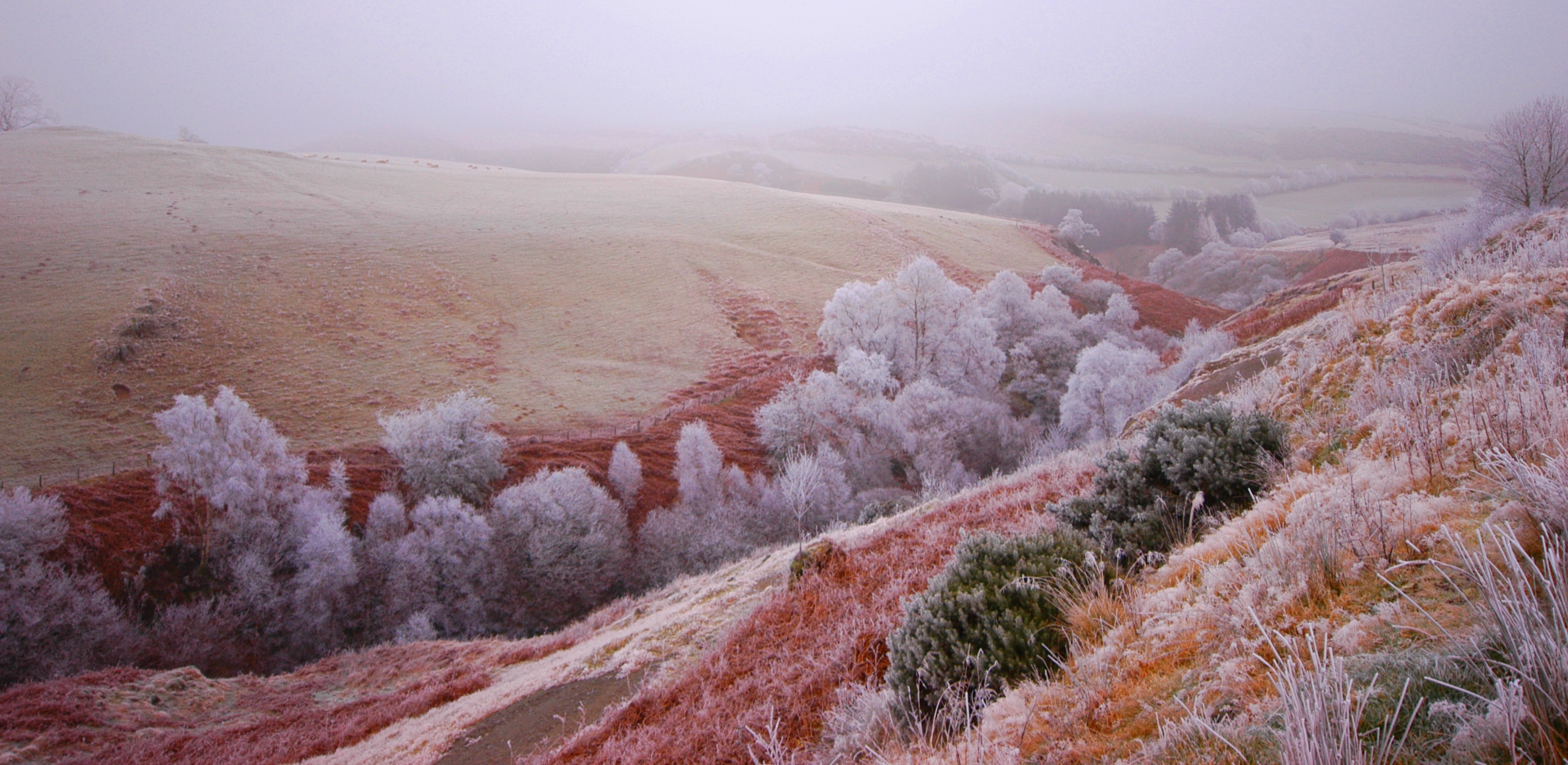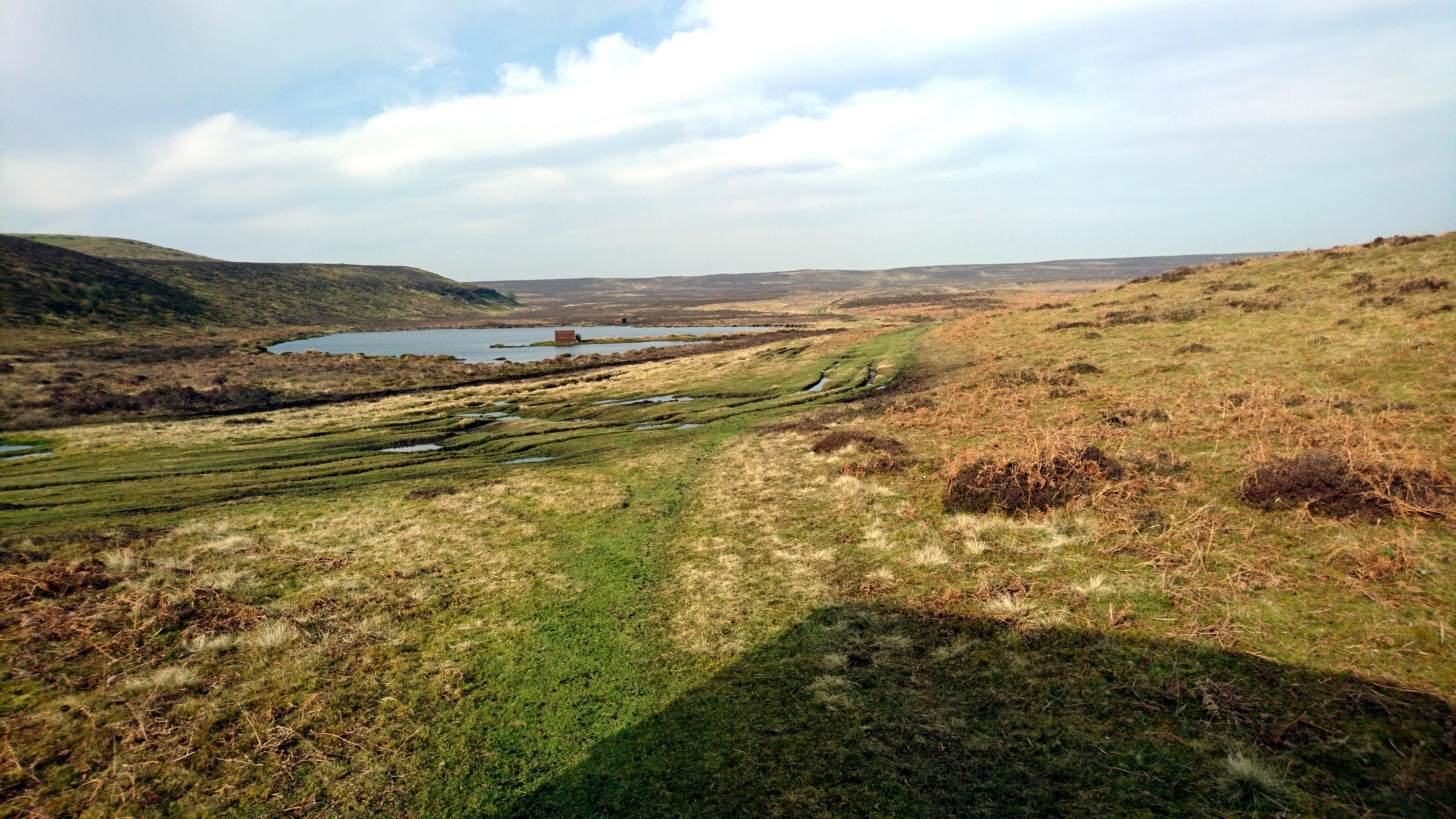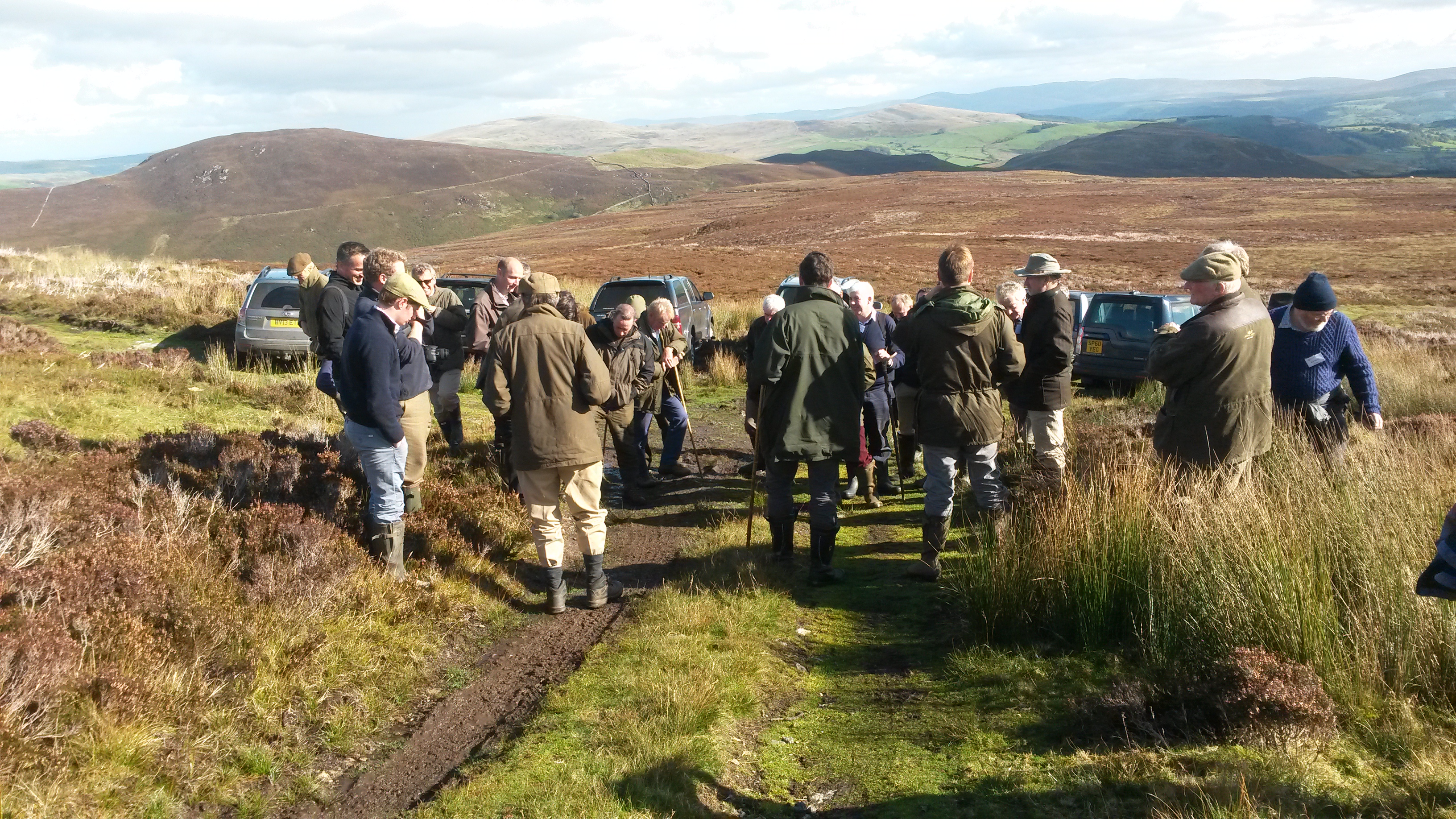Making better connections, understanding ourselves and our relationship with nature through the power of storytelling is what Wayland Boulanger does.
A great follower of the Mabinogion where its tales cleverly link with the complexities of our landscapes, fitting perfectly into the ethos of the Sustainable Management Scheme project in how we capture communities in our landscapes to try to see where we can come together, share values and find a new level of respect.
“It’s about making connections and recognising how we are all more connected than we think,” says Wayland, who believes the tales give permission to think differently with complete freedom to help children slip into another world and access wisdom for themselves.
“It’s not about finding a right or a wrong way to think. It’s up to each individual to see the story, explore the opportunities and unravel the task of the tales for themselves and put it into their own perspective.”
The old old tales of the Mabinogion are as relevant today as when they were written many years ago when connections were more in tune and where folk relied on the signs from nature to help them understand themselves and their environment better. The tensions, the struggles, the boiling pots; the compromises, the way to work it out better together.
Stepping out of the world into another where you can be something else, albeit for just a moment in time, is where you can make better sense of your own place is what Wayland believes the Mabinogion inspires.
The children both from Hay and Clyro school were captivated by the tales as they stepped into the tales of the Mabinogion and walked/ran across the moor turning the landscape it into a live stage performance as Wayland headed off to the next point of the hill to continue the story to further stir the imagination.
A magical experience where the weather wasn’t even noticed. In fact,
the wind and rain is all part of the experience. The children are enthralled by the ‘what happens next’ in the stories so beautifully told by Wayland.
It’s a way of understanding ourselves better too. In lots of ways it’s simple, uncluttered not motivated by any religion. It’s balancing the ying and the yang, it’s about life experiences. The tales are somehow pointing to the equilibrium; the balance.
“It completely awakens something up inside of us,” explains Wayland, who believes that there is a buzz going on right now. There’s something much deeper going on in our landscapes which is calling out for connections to be made.
We are again entering another world for a moment, exploring ourselves, and making sense of the ever-changing world. We must connect with the country people to help us bring greater cohesive into our landscapes. The wisdom in nature is what will reunite people.
The old values are waiting to be connected …………
The Mabinogion is really about facilitating bigger conversations allowing for the more discerning view to help a new level of respect being born.
Powys Moorland Partnership visits the Tweed Forum
Working collaboratively at a landscape scale is something that the Tweed Forum – based on the Scottish borders with 20% of the land being North Northumberland England – has been doing for over 25 years.
From peatland restoration – which stores carbon for 1000s of years – to tree and hedge planting, pond creation, the Tweed Forum is looking at a variety of practical ways to hold back water, capture as much carbon as possible but working closely with the farmers & landowners at all times so that rural communities can play a core part of the new opportunities as they emerge.
The Scottish Government’s Climate Change plan is to restore 250,000 hectares by 2032. It also has a Land Use Strategy which is looking at balancing conservation of natural resources essential for human life. It believes that if we continue to put more pressures and demands from the land we have some difficult choices ahead if we and future generations are to continue to benefit from them.
With over 600,000 trees planted so far in the Tweed catchment along with using natural features of the landscape such as ponds and leaky barriers to reduce flood risk downstream – known as Natural Flood Management (NFM) – the Tweed Forum is getting the attention of Government and other key stakeholders across Scotland as it demonstrates its excellent relationship with the people on the ground which is critical to help reduce climate change challenges.
Through a rigorous monitoring programme conducted by Dundee university, the project will be able to test the effectiveness of their work on local towns such as Peebles, Eddleston, Hawick, Selkirk where flooding damage has cost dearly in the past.
Working with hundreds of farmers throughout the catchment, the team are fully immersed in getting the right relationship with the farmers, landowners, and getting agreed actions on the ground and working with all other users so that work is connected and coordinated and linked up sensibly. Farmer relationship is not surprisingly top priority which without their support the project simply could not connect up.
From redesigning parts of the water flow which has changed routes with some straightened over the years, along with agricultural drainage when land use was more about production, there are a variety of projects along the Tweed to look at the challenges which we all now face. The catchment has less fish, less birds, less biodiversity which calls for a different approach to see what can be restored by using the land differently through natural processes. Removal of invasive species is all part of the restoration work so that habitats can be created or come back to life, but ultimately the aim is to raise the ecological status of the river by generating solid evidence of the impact, cost and benefits of working with natural processes at a catchment scale.
With similarities of how the landscapes look visually between here and mid Wales along with the same issues of loss of biodiversity, failing water quality, struggling rural communities, increase risk of flooding downstream, we believe there are huge opportunities to adopt similar approaches to the Tweed Forum to restore our habitats and find out what approaches could slow down the effects of climate change and what new opportunities might emerge as a result.
We have a lot to learn but mistakes are important to notice and maybe we can fast track to the best easier wins from the wealth of experiences from the Tweed Forum, but more importantly maybe is getting key stakeholders to agree a vision on our landscape and that all takes time.
Catherine Hughes, Powys Moorland Partnership facilitator
The Beacon Hill community
It is a way of life where time has stood still. As I rode alongside Anne who has been riding these Radnorshire hills for over 60 years, she believes very little has changed.
At 85 years of age, she believes that other than it being a lot drier than it was, and the bracken continuing its fight to take over the heather, everything else is pretty much the same. With 10 of us on horseback plus another 20 or so on foot with dogs, the stunning views as the weather goes through all seasons in one day is relished by everyone who lap up the energy of these heather coated hills. And with 23 grouse flying over our heads as we canter along, the day captures the magic of these diverse landscapes.
It never seems to fade; the excitement of being up on the open hills where you can look across to Snowdonia, Aberystwyth around to the Shropshire hills and beyond. “You would pay a lot of money to do what we are doing today” said one man as we chatted about the rising cost of mental health in Wales. This community knows each other well and completely love their days together with their beloved horses. In fact a group of them ride every August from the area to Ynys Las beach near Borth staying in barns using sleeping bags covering 80 miles over 3 days and have done so for the past 20 years.
Darren and Sheila joined the day. They moved recently from the hustle and bustle of the south east and have thrown themselves into the community and clearly loving every minute of it and in so doing are already part of the community. “We are just so welcomed here and it was an opportunity to start riding again after many years,” says Sheila, who had a bad accident many years ago. Sheila helps out with the local farmer at lambing times and Darren has got involved in a number of jobs from clearing streams to restoring ancient monuments on farmland.
As the day closes, the sun lowers there was a silence as the horses lower their heads and move downhill towards home. For me there was a longing to be horizontal with a guaranteed and exceptionally well earned sleep. Thank you.
Catherine Hughes, Powys Moorland Partnership facilitator
Annual gathering on Bal Bach & Bal Mawr
It’s one day in August every year that pulls a community together to picnic on Bal Bach Bal Mawr moor in the Llanthony valley, near Abergavenny. Over the past 30 years this group – some of whom were in the school together in Cardiganshire bought the moor and they are passionate about the wonderful landscapes this location offers which looks out across the Brecon Beacons including the Skirrid and Sugar loaf and over to the estuary in Chepstow. Together with the local moorland manager Shaun Smith and his dad, Tony, the former keeper, the day is a special day in the calendar where they all come together and make their way up the hill to catch up with each other and take stock of the hill.
Once a thriving grouse moor when heather almost carpeted the hill, bracken has certainly encroached and outcompeted the heather in a number of places but under the project restoring its condition is under way and there are acres of diverse habitats to help recover a range of bird species. Arwyn Davies heads up the responsibilities for the moor and sees the project more as a conservation initiative to help recover the heather before it’s lost forever which would hail the end of the red grouse who lives here 12 months of the year and feeds only on heather and which supports other wading birds under the same management.
There has been no shooting here for a few years and this year was no different. Although there was lots more heather management with a good dry month of March allowing lots of burns to take place to regenerate the heather, it was the first 2 weeks of cold wet weather in June that meant that the young chicks didn’t survive. But that seems to be the same story everywhere.
Putting the work in now means there is a chance of restoring this heather even though that won’t be apparent or visible for at least another decade or two.
Bracken Management Event – Llangunllo – Tues 10 July ’18
Bracken Management event
The Powys Moorland Partnership (PMP) and the Heather Trust are jointly hosting a Bracken Management day in Llangunllo village hall, Powys on Tuesday 10 July 2018.
Starting at 10:30 with refreshments the morning session will consists of talks from various bracken specialists. The afternoon session will take place on nearby Beacon Hill and will include visits to bracken areas treated over the past 3 years and machinery demonstrations.
Morning Speakers:
- Prof Rob Marrs – Liverpool University,
- Nigel Elgar – Welsh Water
- Jonathon Harrington – Optima Excel
- Simon Thorp – Heather Trust
Afternoon machinery demonstrations on Beacon Hill:
- Sam Griffin – Logic Weed Wipes
- Chris Egelson – Drone spraying
- Daltons Lampeter – who in conjunction with Welsh Water offer free hire of logic weed wipers in the Towy, Teifi and the Wye catchment area.
- Frank Alviti – McConell – Robocut Remote Control Technology.
- Mike Davies – M D AIR SERVICES. Mike only in attendance.
Presentation – Cwmyoy – Thu 11 Jan ’18
Free event – Sustainable Management Scheme explained
Thursday 11th January 7.00pm – 9.30pm
Venue: Cwmyoy village hall, Abergavenny NP7 7NF
(One mile north of the Queens Head pub towards Llanthony. DO NOT TURN OFF THIS ROAD into Cwmyoy village).
Agenda
1. Welcome & Introduction, Arwyn Davies
2. Presentation to outline the Sustainable Management Scheme, Helen Barnes, FWAG Cymru
3. What is happening on the moor? Arwyn & Duncan.
4. Questions and discussions.
5. How to get involved? Catherine Hughes (Powys Moorlands project manager)
6. Refreshments & close.
Presentation – Hay-on-Wye – Wed 18 Oct ’17
Powys Moorland Partnership: A Talk on the Wildside
Speaker: Rob Yorke, Rural Commentator
What might they look like, how would we like them to evolve in the future? No subject will be off-limits in this two-way conversation.
Moorland visit – Painscastle – Fri 13 Oct ’17
Friday 13th October 2017. 10am to 3pm
Powys Moorland Partnership Visit – Meet at Painscastle Village Hall, Painscastle, Builth Wells, Powys LD2 3JT
Powys Moorland Partnership will talk about the work that we have done so far and the benefits produced. This will be followed by a sandwich lunch – sponsored by GWCT Cymru – and a visit to Ireland Moor. Waterproofs and wellies advised!
Keep in touch, get involved.
We will be putting on various events over the next 12 months. If you would like to get involved, have some ideas please contact Catherine on urmyc.sdnalroomsywop@tcatnoc

